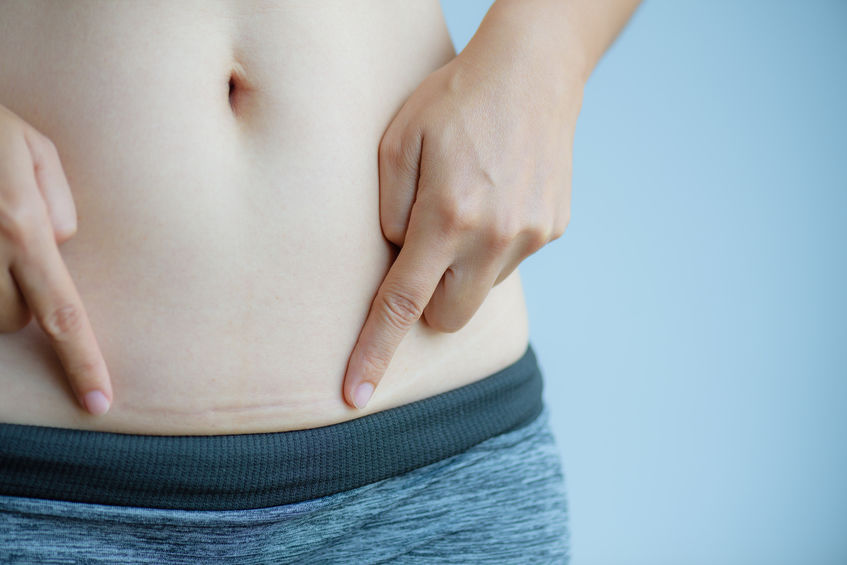Fibroids Are One Of Many Fertility Conditions
There are over 3 million births that happen in America every year. And while childbirth sounds like a common occurrence, delivery is by no means an easy experience. Fertility is a delicate process, and several factors can make or break the process. That’s why infertility happens in over 6 million women. Fibroids is one such condition that can affect the success or failure of a healthy birth.

Understanding bumps in the road
Fibroids are so common, as many as 8 in 10 women may have at least one. Fibroids are smooth, benign tumors that form in the uterus. These tumors vary in size and location. The uterus is made of 3 layers, namely the endometrium, myometrium, and perimetrium. Cells in the myometrium multiply, which can cause these muscular masses.
What causes fibroids?
Fibroids are sometimes caused by genetic mutations. However, in most cases, spikes in estrogen and progesterone can cause fibroids to grow rapidly. Because of the effects of hormones, premenopausal and pregnant women are at high risk. Fibroids can cause severe pain and abnormal bleeding. But what about the impact on fertility?
What about fertility?
Some fibroids are small and present no symptoms. Many women who have fibroids become pregnant and have a healthy baby. Then there are some types of fibroids like submucosal fibroids that obstruct the uterine cavity. Intramural fibroids can also affect the muscular wall, reducing fertility. Research suggests about 10% of infertile women have uterine fibroids.
A bump or something more?
Women with suspected fibroids should see a specialist immediately. The doctor will typically perform a pelvic exam. Large fibroids can be felt with a simple fibroid exam. The uterus will have an abnormal shape, signaling to the doctor the presence of fibroids. An ultrasound can help the doctor further diagnose the issue. MRIs go further to determine the exact type, size, and a number of fibroids. In cases of suspected infertility, the doctor may perform hysterosalpingography. This test injects a dye to check the shape of the uterus and fallopian tubes. Hysterosalpingography can tell the doctor if there are blockages due to fibroids.
Treating those tumors
There are some treatment options women should consider. In most cases, fibroids are small and asymptomatic. At this stage, the doctor may decide on no further treatment. If the fibroids are causing severe pain and bleeding, then the next steps involve medication or surgery. Medications like birth control, GnRH, and IUDs reduce bleeding and shrink the fibroids. If the doctor suspects infertility due to fibroids, there are further surgical and non-surgical options available.
Moving to stronger treatment options
Fibroid embolization is a common, non-surgical treatment to reduce the size of fibroids. The doctor will inject powerful agents into the fibroids to block the blood vessels feeding the tumors. Surgery is the only option in some cases, based on the size and location of the tumors. A myomectomy is a typical procedure with different techniques available to the doctor. For example, the surgeon may perform open surgery to remove the fibroids through the abdomen. Other operations, like a laparoscopic myomectomy or hysteroscopy, use a small scope and instruments to remove fibroids.
Get fibroid support today
Most cases are harmless and do not affect pregnancy. However, some fibroids create severe pain, bleeding, and infertility. Luckily, there is a range of treatment options available to treat with the condition. To improve the chances of pregnancy, make sure to follow the advice of a healthcare provider.




